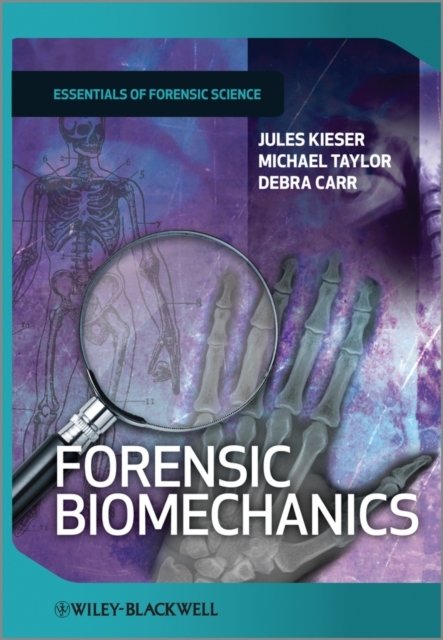Forensic Biomechanics explains the role of biomechanics in forensic investigation. The book not only provides an in-depth examination of the field of trauma biomechanics, but also discusses the role of biomechanical principles in the analysis of blood-splatter patterning, assault and child abuse, ballistics and the investigation of the fracture of fibers and textiles.Focusing on research into the basic principles of hard and soft tissue mechanics, approaches to the use of biomechanics in forensic investigation and the application of biomechanical principles to the interpretation of forensic evidence, the text encourages a multidisciplinary approach. This approach includes detailed information on the biomechanics of the human body, covering bone, skin and soft tissue, blood and fluids and the behaviour of natural fibers.* Comprehensive overview of the role of biomechanics in forensic investigation* Avoids high level mathematics for an accessible approch* Illustrated with real life case studies* Unique approach to the subject that brings together multidisciplinary approaches to forensic biomechanics* invaluable reference for practicing forensic scientists, defence lawyers or postgraduate students and researchers looking for an overview of the subject



